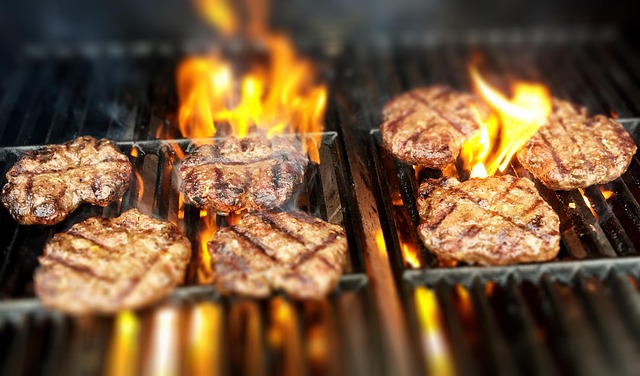Barbecue Essentials: Techniques, Gear, and Food
Barbecue is a method of cooking that brings people together around smoke, heat, and shared food. Whether you’re preparing a weekend meal for family or experimenting with slow-smoked brisket, understanding the basics of heat, timing, and flavor helps you get consistent results. This article covers styles, equipment, cooking techniques, outdoor planning, and ways to balance food flavors for approachable, reliable barbecue.

What is barbecue and its regional styles?
Barbecue broadly refers to cooking meat (and sometimes vegetables) slowly over indirect heat and smoke, but traditions vary widely by region. In the United States, for example, styles differ between low-and-slow smoked pork in the Carolinas and smoked beef brisket in Texas. Elsewhere, barbecue can mean open-fire grilling with shorter cook times, such as Argentine asado or Korean barbecue tabletop grilling. Understanding these styles helps you choose appropriate cuts, wood or charcoal types, and timing so the technique fits the cuisine you want to prepare.
How to choose a grill for your needs
Picking a grill depends on the foods you plan to cook, the space you have, and how much hands-on control you want. Charcoal grills are valued for flavor and high heat potential, while gas grills provide consistent temperature and easier ignition. Pellet grills automate fuel and smoke for longer cooks. Consider fuel availability, maintenance, and how often you’ll use the equipment. If you plan frequent outdoor gatherings, look for durable construction, easy-clean features, and accessories like side burners or a smoker box to expand cooking options.
Practical cooking techniques for consistent results
Consistent barbecue relies on temperature control, preparation, and timing. For low-and-slow smoking, aim to maintain a steady temperature in the cooking chamber and avoid lifting the lid too often. Use a reliable thermometer to monitor internal meat temperature rather than relying solely on elapsed time. Trimming excess fat, applying a balanced rub, and allowing a rest period after cooking improve texture and flavor. For faster grilling, preheat grates and use two-zone setups (direct and indirect heat) to sear then finish foods without overcooking.
Planning outdoor setups and safety tips
Successful outdoor barbecue starts with a practical setup and basic safety measures. Position your grill on a stable, non-flammable surface and keep it away from overhangs and dense foliage. Have a fire extinguisher or bucket of sand nearby, and use long-handled tools to protect hands and arms. For longer cooks, prepare backup fuel and plan shelter or windbreaks to stabilize temperatures. If hosting larger gatherings, consider layout for food flow, seating, and shade so guests can move comfortably without interfering with the cooking area.
Flavor and food: rubs, sauces, and serving
Balancing smoke, seasoning, and finishing sauces shapes the final taste of barbecue. Dry rubs made of salt, sugar, and spices create a bark on smoked meats; acidic or sweet sauces are often added later to complement rather than overpower the smoke. Wood choices (hickory, apple, mesquite) deliver different smoke notes—milder woods suit poultry and seafood, stronger woods pair well with beef or pork. Side dishes, pickles, and acidic elements help cut richness and provide contrast, creating a more rounded meal experience when serving friends or family.
Conclusion
Barbecue combines technique, equipment, and culinary judgment to transform simple ingredients into flavorful meals. By understanding regional approaches, selecting appropriate grills, practicing consistent cooking methods, arranging safe outdoor setups, and balancing flavors with rubs and sauces, you can improve results across many dishes. Barbecue is adaptable: small changes in temperature control, wood choice, or resting time yield meaningful differences in texture and taste, allowing cooks of all levels to refine their approach over time.




